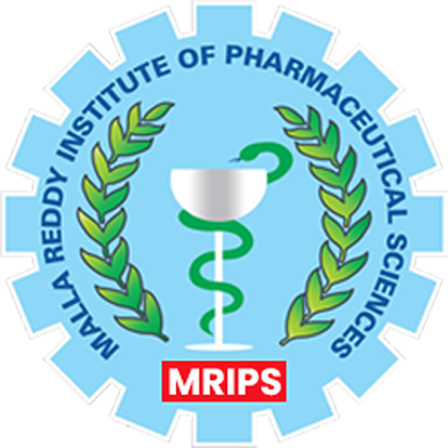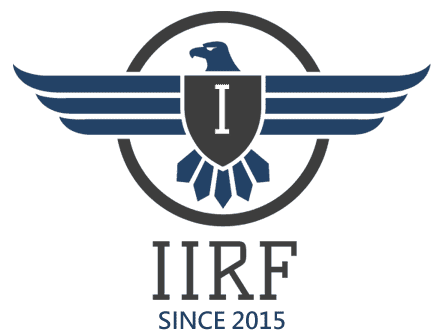Comprehensive Periodic Assesment
The QS World University Rankings system is a widely recognized global ranking of universities, produced annually by Quacquarelli Symonds (QS), a British company specializing in education and study abroad. The ranking system evaluates universities based on a range of indicators that aim to reflect the academic quality, global reputation, and impact of institutions. Here are the main factors used to compile the QS World University Rankings:
QS World University Ranking Methodology (Weightage)
Criterion | Weight |
Academic Reputation | 40% |
Citations per Faculty | 20% |
Faculty/Student Ratio | 20% |
Employer Reputation | 10% |
International Faculty | 5% |
International Students | 5% |
QS World University Rankings Methodology: 2022–2025
Indicator | 2022 Weighting | 2023 Weighting | 2024 Weighting | 2025 Weighting |
Academic Reputation | 40% | 40% | 30% | 30% |
Employer Reputation | 10% | 10% | 15% | 15% |
Faculty-Student Ratio | 20% | 20% | 10% | 10% |
Citations per Faculty | 20% | 20% | 20% | 20% |
International Faculty Ratio | 5% | 5% | 5% | 5% |
International Student Ratio | 5% | 5% | 5% | 5% |
Sustainability | N/A | N/A | 5% | 5% |
International Research Network | N/A | N/A | 5% | 5% |
Employment Outcomes | N/A | N/A | 5% | 5% |
Academic Reputation (40%)
- This is based on surveys sent to academic experts worldwide. Respondents are asked to identify the institutions they consider to be the best for academic research and teaching in their field.
Employer Reputation (10%)
- This indicator measures how well employers perceive graduates from a given university. It’s based on surveys sent to employers worldwide, who are asked to identify the universities they consider to produce the most employable graduates.
Faculty/Student Ratio (20%)
This metric reflects the number of academic staff relative to the number of students. A high faculty-to-student ratio suggests that students are more likely to receive personalized attention, which can lead to better academic outcomes.
. International Faculty Ratio (5%)
- The percentage of international faculty members at the university. A higher proportion of international faculty suggests that the university attracts scholars from around the world, enhancing its global perspective.
International Student Ratio (5%)
- Similar to the international faculty ratio, this indicator looks at the percentage of international students at the university, reflecting the institution’s attractiveness to a diverse student body.
Citations per Faculty (20%)
- This measures the research output of the university, specifically the number of citations per academic staff. It’s a reflection of the impact of the research conducted at the institution. Highly cited research indicates that the university’s work is influencing the field on a global scale.
QS World University Rankings are updated annually, with results often reflecting the performance of institutions in these categories over the past few years. Universities that perform well in these areas tend to rank higher in the system.
Key Points:
- QS focuses on both academic quality and employer reputation.
- It considers both the academic environment and the global diversity of faculty and students.
- The rankings serve as a reference for prospective students, faculty, and academic professionals who are evaluating universities worldwide.
QS University Rankings – Global [2025]
Top 10 Universities
Rank | University |
1 | Massachusetts Institute of Technology (MIT) |
2 | Imperial College London |
3 | University of Oxford |
4 | Harvard University |
5 | University of Cambridge |
6 | Stanford University |
7 | ETH Zurich (Swiss Federal Institute of Technology) |
8 | National University of Singapore |
9 | University College London (UCL) |
10 | California Institute of Technology (Caltech) |
India's Rising Academic Prowess
QS World University Rankings: Asia 2025
Top Indian Institutes in Asia’s Top 100
Institution | Ranking |
Indian Institute of Technology (IIT) Delhi | 44 |
Indian Institute of Technology (IIT) Bombay | 48 |
Indian Institute of Technology (IIT) Madras | 56 |
Indian Institute of Technology (IIT) Kharagpur | 60 |
Indian Institute of Science (IISc) | 62 |
Indian Institute of Technology (IIT) Kanpur | 67 |
University of Delhi | 81 |
MRIPS Comprehensive Periodic Assessment (Modeled on QS World Ranking Methodology)
- Academic Reputation (40%): Focuses heavily on building a strong academic brand through comprehensive viva, conduct, and attendance tracking.
- Research (20%): Emphasizes research productivity, peer-reviewed articles, projects, and research reviews.
- Faculty/Student Ratio (20%): Maintains quality education through optimal faculty-to-student engagement, including one-on-one peer mentorship.
- Employer Reputation (10%): Measures graduate employability and industry relevance through employer feedback,upskilling ,building competence .
- Standards Compliance (10%): Ensures adherence to global and national benchmarks like QS World Rankings, NIRF, NBA, and NAAC.
Additional Performance Indices:
- B. Pharma & Pharm.D Ranking Index: Specific rankings for pharmacy programs.
- Innovation Index: Tracks creativity and advancement initiatives.
- Mentorship Index: Assesses the strength of mentorship activities.
- Skill Development Index: Measures efforts in competence building and upskilling.
- Standards Index: Evaluates overall compliance with quality standards.
Goal:
→ STANDARDS COMPLIANCE — aiming for continuous quality enhancement in line with world-class educational benchmarks.




